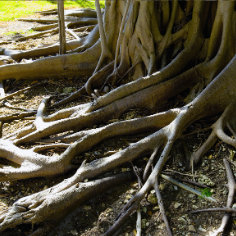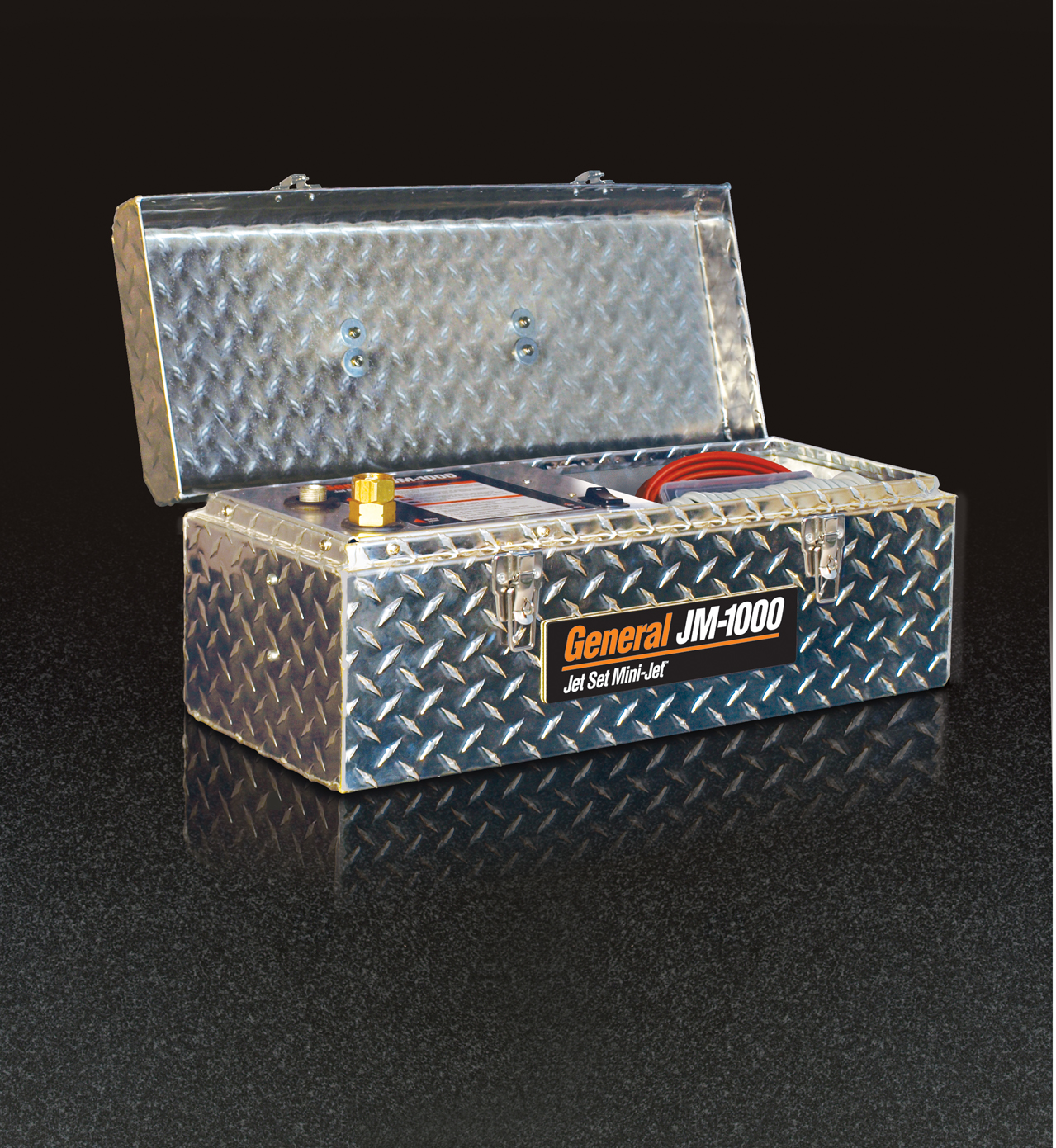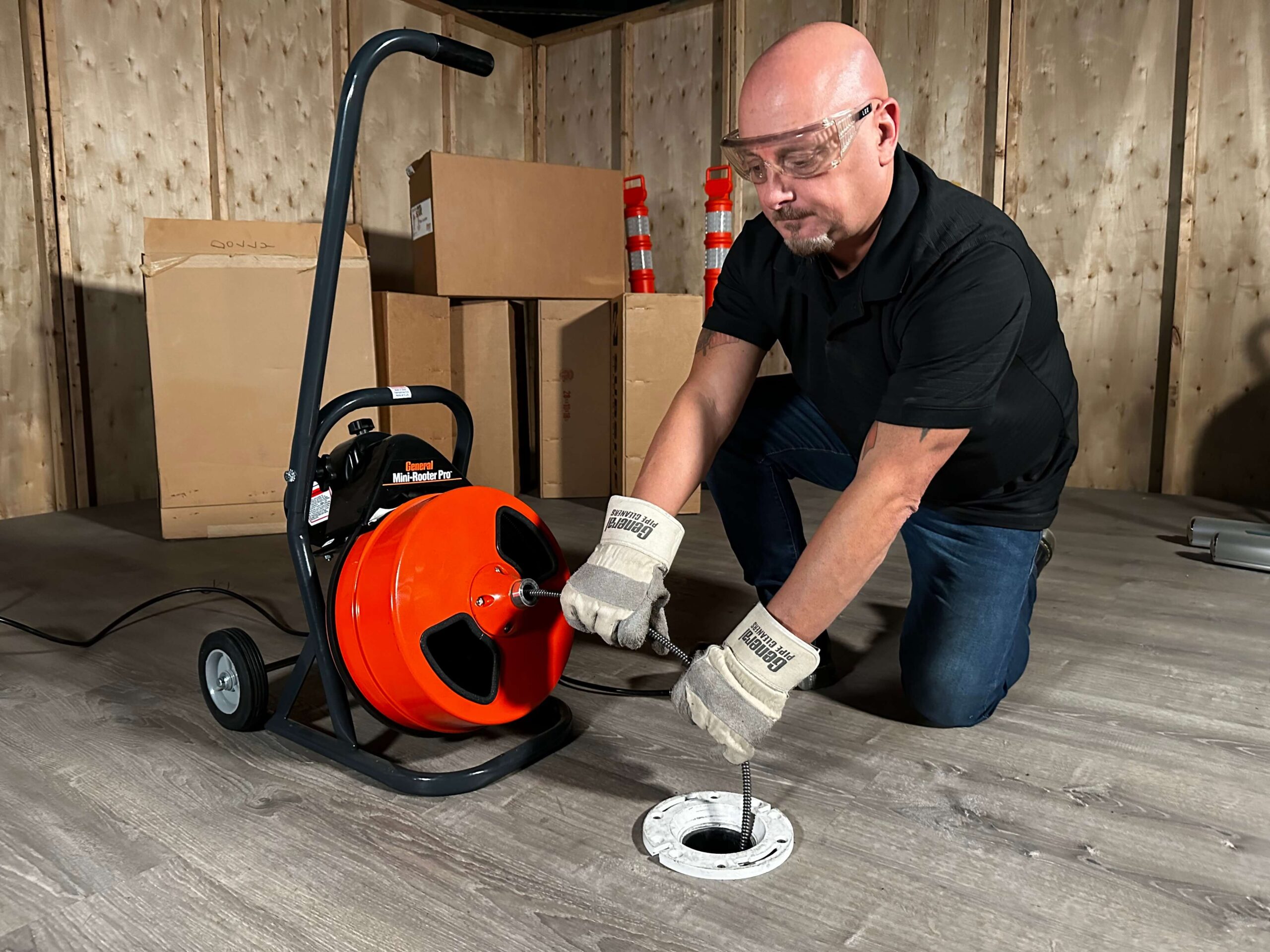By Dave Dunbar, National Sales Manager at General Pipe Cleaners
Roots are your sewer pipes’ worst nightmare! Tree roots are constantly in a state of hunger and thirst, searching relentlessly for water and nutrients. Both are abundantly available inside the drainpipes that lead from our homes to the septic systems or municipal sewage treatment plants that process our waste.
Root hairs are tiny, sometimes only a few cells wide, but they grow quickly and can sense the vibration of running water. When they squeeze through a small crack or crevasse in a drainpipe and find what they are looking for, they begin to grow and expand. Over a period of months and years, this unrelenting pressure on the pipe expands the initial crack and begins to cause severe damage. Before you know it, you have a tree root blocking your drain and the pipe is leaking like a sieve. When a plumber or drain cleaner encounters a pipe in this condition, ignoring the problem is not an option. Depending on conditions and circumstances, there are several strategies that a professional can use to solve the problem.
Here are the top five ways of dealing with root incursions:
Replace or Reline the Infested Pipe
If a drainpipe has lost its structural integrity, obviously, the best solution would be to replace it. Modern plastic pipe, when properly installed, will be far more waterproof and durable than what is in the ground at the present moment. Or, if digging a trench through the customer’s property is not the most convenient solution, there are a multitude of pipe relining products and strategies that are almost as good. Because replacing or relining is a foolproof solution to the problem, a growing number of municipalities across North America mandate replacing leaking pipes whenever the property changes hands. If this is the case, the contractor and customer have no choice.
However, despite replacement/relining being the best engineering solution to the customer’s problem, it will certainly be the most expensive. So, if the contractor’s plans are not mandated by municipal statutes, there may be a number of factors to consider before recommending this course of action. For example, how old is the customer, and what is their financial situation? How long do they intend to keep the property? Are there geographic considerations that make other options more attractive? If none of these other considerations prevent it, then pipe replacement remains the best solution.
Cable Drain Cleaning Machine
Although replacing or relining the pipes is a foolproof solution, the most commonly used method of removing and cutting roots is a cable style drain cleaning machine like General Pipe Cleaners’ Speedrooter 92. Much of this has to do with cost and expediency. For a few hundred dollars and two hours’ time, the customer is usually rewarded with a functioning drainpipe. Contrast this with enduring several messy construction days and perhaps tens of thousands of dollars for a pipe replacement job. It is a small wonder that, after doing the math, customers continue to pick the drain cleaning option despite the fact that it does not fix the underlying problems that allowed the root incursion in the first place. Any cracks, crevices, or separations that existed in the pipe before using the snake are certainly still there. These openings act as inducements for more root incursion, as well as allowing inflow of rainwater, which contributes to sewage overflows into our rivers, lakes, and oceans. At best, snaking a drain to remove root incursions is a temporary solution. However, as we will see, there are things a contractor can do to increase the effectiveness of this option.
High-Pressure Water Jetters
Another tool that can perform many of the same functions as the drain snake already mentioned is a high-pressure water jetter, which has become the go-to tool for a lot of professionals for issues in any large drain. Like a cable-style drain cleaning machine, jetters have ways to mechanically remove roots from the inside of a pipe.
First, there are Chain Saw Nozzles that convert the kinetic energy of the high-pressure water generated by the pump to spin a chain saw nozzle at the end of the hose. These chain saws can rotate at speeds up to 30,000 RPM, more than enough to buzz through the toughest root incursions. If the pipe isn’t completely filled with wood, then a high-performance nozzle can often do the trick. These jetter nozzles are designed with the same technology used to make nuclear submarine propellers and convert almost 100% of the water’s energy to high-pressure streams that cut like razors.
Although high-pressure water jetters are also a temporary solution to the problem of root incursion, they have the advantage of preparing the pipe for more thorough inspections or pipe relining. When a professional gets done jetting a drain line, it will look like a new pipe again!
Flexible-Shaft Technology
Flexible-Shaft machines utilize a swiftly rotating wire coil inside a flexible hollow tube or hose that is connected to a cutting device on the front end. Because these cutters rotate at approximately 2,000 RPM, Flex-Shaft machines are adept at milling, pipe prep and root removal. For this reason, they are used extensively in the pipe relining industry, and have also become popular with plumbers and drain cleaners whose only goal is to cut and remove root incursions.
Flexible-Shaft machines tend to be used in tandem with pipe inspection systems, giving the contractor pinpoint control over the root cutting process. Like the snake style machines and high-pressure water jetters previously described, using a Flexible-Shaft machine to cut roots is a temporary solution to the customer’s problem. However, as already mentioned, they are often used for milling and pipe prep in the relining process. When utilizing the proper cutting tool, they leave the pipe in perfect condition to adhere to the material used in the pipe relining procedure. Testing has shown that pipe relining is often just as effective as pipe replacement at repairing the damage done to sewer pipes by root incursions.
Root Killing Solutions
Root Killing Solutions are chemical or biological products that the contractor introduces into the affected pipe to kill existing roots and inhibit further growth. While there are quite a few products available to the professional, most recommend that they be used either within one hour after cutting the roots with one of the methods already described, or after 8 weeks. Many contractors will recommend a thorough drain cleaning session with their snakes, jetters or Flexible-Shaft machines coupled with a root killing product. They will then attempt to lock the customer into a bi-yearly or annual preventative maintenance contract to reintroduce root killer to keep the problem at bay. This strategy can be a highly effective alternative for customers who do not wish to spend the money for a pipe replacement or pipe relining job, or do not plan to own the property indefinitely.
Most contractors do not lock themselves into using just one of these strategies when dealing with root incursions. More and more professional drain cleaners seem to have snakes, high-pressure water jetters, Flexible-Shaft devices, root killing products and sewer inspection cameras on every truck. As technology progresses in the field of plumbing and drain cleaning, contractors have more and more options available to them.
Remember, staying abreast of all the developments in our industry will give you the flexibility to successfully address the unique features of every job and every customer!
#####
Dave Dunbar is the National Sales Manager with 25 years of experience with General Pipe Cleaners, McKees Rocks, PA USA. General is a fourth-generation family-owned business serving drain cleaning professionals for nearly a century.





